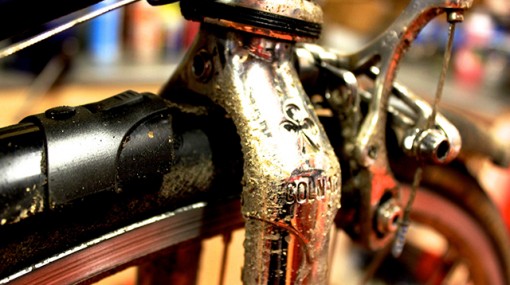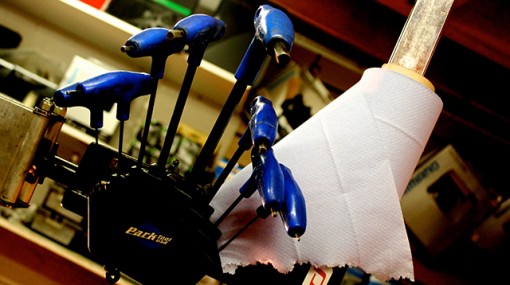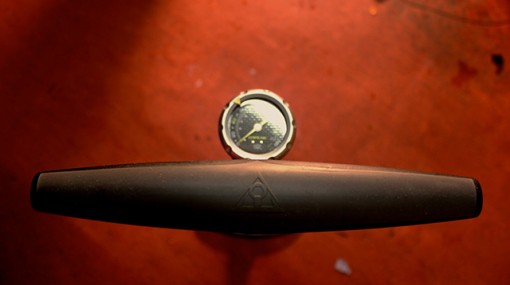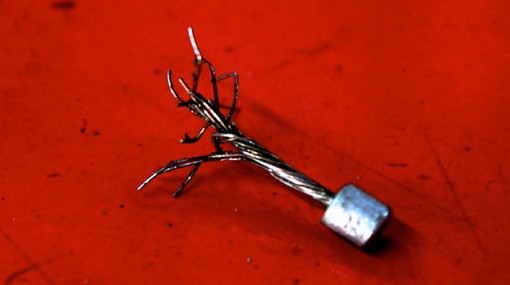Chain checker
-

Winter conditions increase the need for regular cleaning and maintenance
-

Workstands come in various designs. The column and seat clamp style is among the most popular
-

A chain scrubber and cleaning products are as important as workshop tools
-

Road bikes have Allen bolts in abundance. A full set of Allen keys is required
-

Smaller, "traditional" L-shaped Allen keys can offer easier access to certain bolts, like that in the brake bridge
-

A good quality track pump with an accurate gauge, metal body, and reversible 'head' needn't cost the earth
-

Chain checker tools are relatively inexpensive and can bring savings of hundreds of pounds in the cost of replacing prematurely worn drivetrain components
-

Not strictly an essential, but an airline can be a relatively low cost investment that can save significant amounts of time in drying your steed
Chain checker
The chain checker tool offers arguably the greatest potential to save money of any workshop tool. The cost of replacing drivetrain components prematurely aged by a worn chain can run into hundreds of pounds. Even the most sophisticated chain checker tool is unlikely to cost more than about £25.
A cassette can outlast up to four chains, if the chains are replaced before the become excessively worn, Jon says. It’s hard to overstate the force to which a chain is subjected. Pedaling places it under tension, and the tension causes it to stretch. Over time, the shape of the teeth on the cassette and chainrings will mirror that of the worn chain links.
Ride use a Park Tool that locates in the chain with two pins, pictured above. The distance travelled by the measurement dial in its arc indicates the wear suffered by the chain. Other chain checker tools are available; Park, for example, make a cheaper unit with two fixed pins. When the length of a stretched link exceeds the distance between the two pins, it’s time for a new chain.





